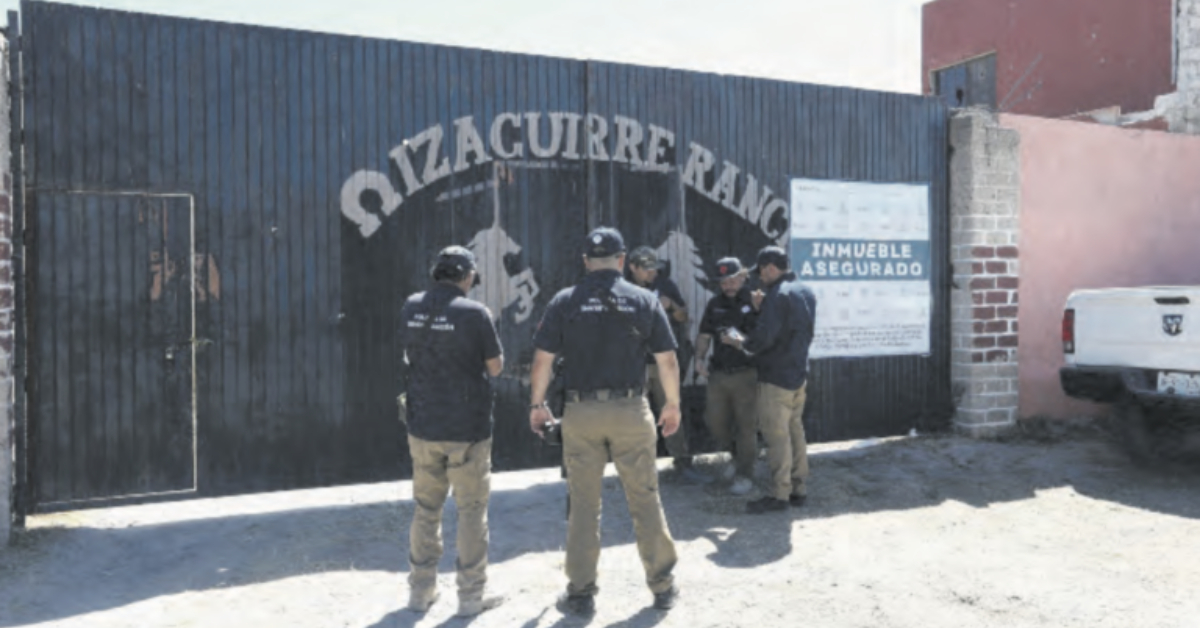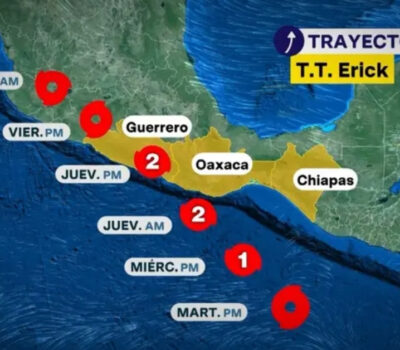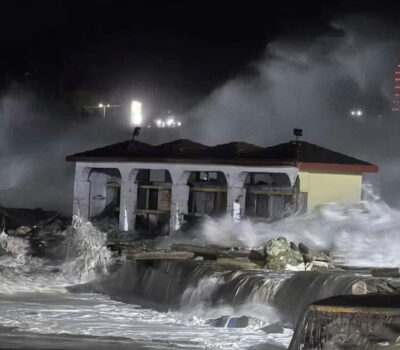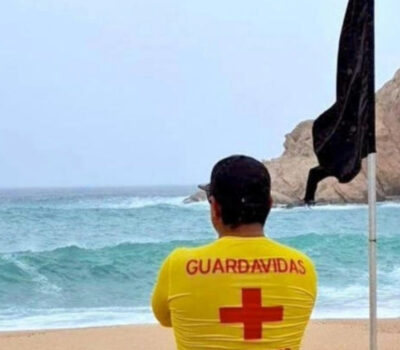The U.S. Treasury reports executions at Rancho Izaguirre, a CJNG camp in Jalisco tied to cartel recruitment and killings. New details name leader “El Sapo.”
The U.S. Department of the Treasury’s Office of Foreign Assets Control (OFAC) confirmed this week that executions were carried out at Rancho Izaguirre, a ranch in Jalisco used by the Jalisco New Generation Cartel (CJNG) as a brutal recruitment site. The revelation contradicts earlier denials by Mexican authorities and renews scrutiny over alleged government mishandling of the case.
Rancho Izaguirre, located in the town of La Estanzuela in the municipality of Teuchitlán, was first discovered in September 2024. However, Mexican authorities failed to process the site adequately, prompting growing concern among civil society groups and victims’ families.
In March 2025, the collective Guerreros Buscadores de Jalisco entered the site independently and discovered clothing, shoes, backpacks, and skeletal remains scattered across the property—clear signs of previous violence. At the time, the Jalisco State Prosecutor’s Office briefly took over the investigation but was soon removed from the case. The matter was transferred to Mexico’s Attorney General’s Office following allegations of negligence.
Despite the physical evidence found by the collective, authorities later denied the presence of human remains at the ranch. That narrative shifted dramatically when OFAC released a statement on Wednesday outlining findings that the site had been used by CJNG not only to train recruits but also to execute those who disobeyed orders.
“The recent discovery of a CJNG recruitment camp, known as Rancho Izaguirre—which was reportedly used to execute recruits who disobeyed orders—underscores the cartel’s brutal methods,” the U.S. Treasury reported.
OFAC also identified Gonzalo Mendoza Gaytán, alias “El Sapo,” as the senior CJNG figure overseeing operations at the ranch. Mendoza is known for orchestrating recruitment strategies and has been linked to multiple killings of public security officers throughout Mexico.
A Treasury document detailed the March 2025 discovery of “hundreds of items of clothing, shoes, backpacks, and skeletal remains,” directly tying the site to cartel violence. Mendoza allegedly supervised both the training of new cartel members and the execution of those who resisted orders.
Mendoza Gaytán also leads a specialized CJNG unit called the Immediate Reaction Elite Criminal Group—known by its Spanish acronym Geddri. The existence and operations of this armed cell were confirmed through military intelligence leaks by the Guacamaya hacking collective, which accessed internal files from Mexico’s Ministry of National Defense (SEDENA).
Geddri’s presence has been documented across Jalisco and Michoacán, with violent incidents attributed to the group stretching back years. The unit reportedly operated in the Sierra Occidental Region—covering municipalities such as Talpa, Atenguillo, Mascota, and San Sebastián del Oeste—and also appeared in coastal areas like Puerto Vallarta and Cabo Corrientes.
In one chilling account, a survivor from Rancho Izaguirre told MURAL that Geddri’s insignia was visible on the clothing of those present. “Yes, it’s the logo they wore. They must have had it on their shirt, on the left side. It’s the mark of a ‘commander,’” the witness said.
The scope of Geddri’s activities became more visible in late 2023. On December 6, five alleged members of the unit were arrested in Cuquío, Jalisco. Those suspects were charged in connection with the high-profile case involving the disappearance of five friends from Lagos de Moreno in August 2023.
According to hacked SEDENA documents, the Geddri unit was also dispatched to Los Altos to suppress advances by rival groups aligned with the Sinaloa Cartel. Their presence in the region has been part of an ongoing turf war that has intensified cartel violence in Jalisco and beyond.
In Michoacán, local outlets have reported the discovery of bodies and narcomantas—banners used by cartels to issue public threats—signed by Geddri since October 2019. The group has maintained a steady campaign of intimidation and violence across multiple states, with its operations marked by tactical discipline and military-style command structures.
The revelations from OFAC put new pressure on Mexican authorities, particularly as initial denials and delays in investigating Rancho Izaguirre raise questions about the government’s response to cartel activity. Victims’ families and advocacy groups have long called for greater transparency and justice in cases of forced disappearance and cartel-related violence.
As more information comes to light, the brutality at Rancho Izaguirre underscores both the expanding reach of CJNG and the human cost of cartel recruitment in Mexico’s rural territories. The latest U.S. Treasury designation may serve as a turning point, pushing authorities to re-examine earlier findings and pursue accountability in a case that many say was mishandled from the start.
The U.S. Treasury reports executions at Rancho Izaguirre, a CJNG camp in Jalisco tied to cartel recruitment and killings. New details . . .












